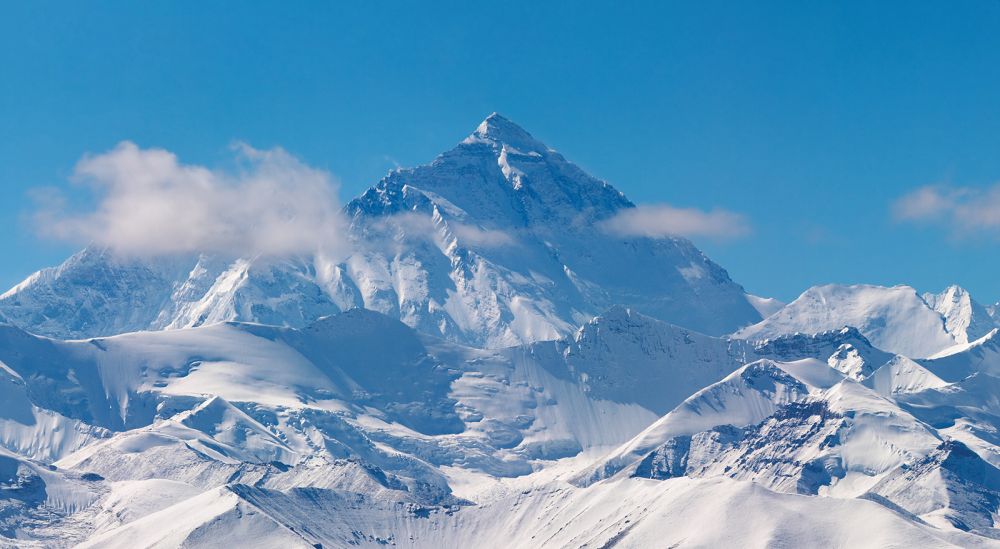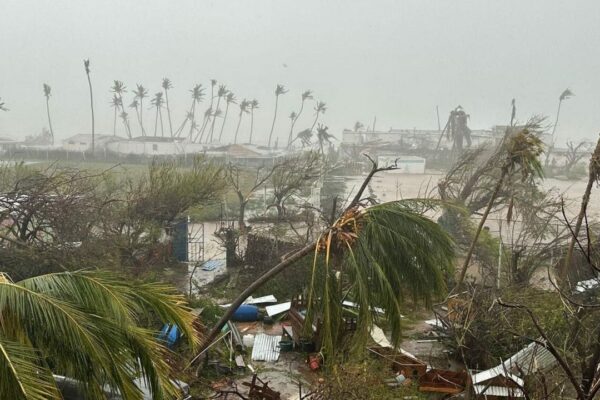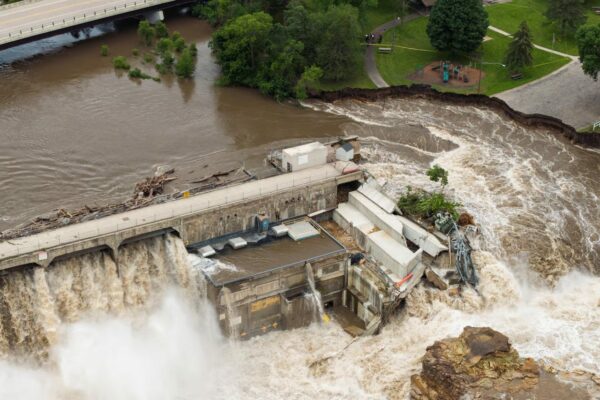13th Climate Change Cell to Open in Ladakh for Sustaining the Himalayan Ecosystem
Himalayan ecosystem supports many countries around it – especially India, as it provides freshwater to the half of the subcontinent. However, climate change has also started to impact this mountainous region. To preserve the Himalayan ecosystem from warming up of the planet, the 13th Climate Change cell under the National Mission for Sustaining the Himalayan Ecosystem (NMSHE) will soon be opened in Ladakh.

Image: Pichugin Dmitry
According to Professor Ashutosh Sharma, the secretary of the Department of Science & Technology (DST), until now CC cells have been set up in 12 out of the 13 states and Union Territories of the Himalayan region. Sharma said that it is imperative to focus on relevant interventions in this region, which is the third pole and is both a contributing factor to climate change and monitor of it.
He said,
Out of the eight national missions which are part of the National Action Plan on Climate Change, NMSHE is the only site-specific mission that aims to take suitable measures for safeguarding the Indian Himalayan Region. With capacity building the major focus of NMSHE, we have set up Climate Change (CC) cells in 12 out of the 13 states and Union territories of Himalayan region and will soon have 13th state CC cell in Ladakh.
Professor S.P. Singh, the chairman of an expert committee of DST on Climate Change programme praised the setting up of the centres in the two parts of the Himalaya. He said this region offers several systems where research can be done – whether it is glaciers, forests or alpine meadows. Researchers should take advantage of these systems to unravel many questions regarding changing climatic patterns.
The NMSHE was approved by the Indian government in 2014 to constantly measure the Himalayan region’s health status and devise policies for sustainable development there. The programme was launched with a budget of 550 crore rupees during the 12th plan. With a goal to produce new information, construct scientific and technical faculty, and produce new channels of collaboration between scientists, policy-makers and law-makers to make sure that climate action is being taken on firm knowledge and science.
Under NMSHE, institutes and civil society organisations working on the Himalayan ecology have been outlined for effortless management between governmental and non-governmental agencies. It covers 12 Himalayan states of Jammu and Kashmir, Himachal Pradesh, Uttarakhand, Sikkim, Arunachal Pradesh, Nagaland, Manipur, Mizoram, Tripura, Meghalaya, Assam and West Bengal.
Via: Livemint


